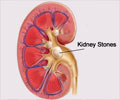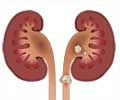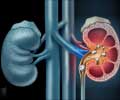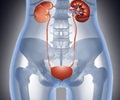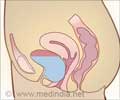- Manipal Manual of Surgery 4th edition
- Tratamento cirurgico da litiase vesical: revisao de literatura - (http://dx.doi.org/10.1590/s0100-69912013000300011)
- Secondary Vesical Calculus Resulting from Migration of an Intrauterine Contraceptive Device - (http://dx.doi.org/10.1155/2012/603193)
- Cystoscopy & Ureteroscopy - (https://www.niddk.nih.gov/health-information/health-topics/diagnostic-tests/cystoscopy-ureteroscopy/pages/default.aspx)
What are Bladder or Vesical Stones?
Bladder or vesical stones (also called calculi) are abnormal structures that resemble stones in the urinary bladder. The urinary bladder is the muscular pouch of the urinary system that stores urine.
Understanding the Anatomy
The kidneys produce urine which passes through two tubes called the ureters and gets stored in the urinary bladder. Once the urinary bladder gets full, the person feels the need to void or empty the bladder. The bladder opens up into outside via the urethra, which has sphincters to prevent the continuous dribbling of urine. In males, the prostate surrounds the upper part of the urethra.
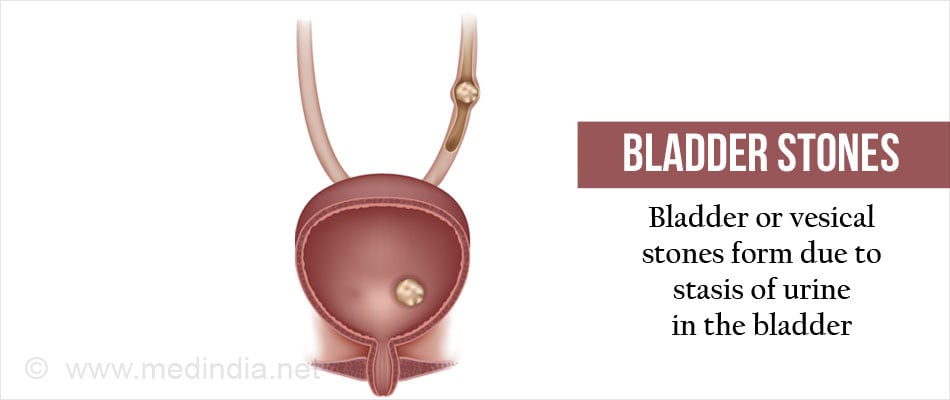
What are the Causes of Bladder Stones?
The causes of bladder stones include the following:
Stasis of Urine:
Stasis or retention of urine promotes the formation of bladder stones either directly or by promoting infection. Causes of stasis may include the following:
- Obstruction to complete emptying of urine from the bladder which may occur due to:
- Stricture (or blockage) of the urinary outlet
- Enlarged prostate which slows the passage of urine through the urethra
- Rarely cancer of the urinary bladder
- Presence of diverticuli or cystoceles, which are outpouchings at weak spots of the bladder muscle
- Neurogenic bladder where the bladder cannot contract due to damage to the nerves supplying the bladder
Urinary Bladder Infection:
Bacteria in the urine can promote the formation of bladder stones. Patients with urinary stasis are also more likely to develop bacterial urinary infection.
In addition, schistosomiasis is or blood fluke can also increase the chances of developing a bladder stone. This condition is more common in Egypt and Middle-East countries.
Foreign Body in the Bladder:
The foreign body may be:
- An indwelling catheter used in patients with spinal cord injuries
- A left over suture following a bladder surgery
- A prostatic urethral stent
- A contraceptive device that may have moved from the uterus into the bladder in females
Stones From The Kidneys:
Small stones from the kidneys may pass through the ureters into the urinary bladder and either remain the same size or grow further.
What are the Types of Bladder Stones / Vesical Calculi?
Depending on the constituent of the stones, bladder stones are of several types, some of which are:
- Uric acid stones which are smooth and pale yellow. They cannot be detected on x-ray
- Calcium oxalate stones, which have a rough with a dark brown or reddish color due to the presence of blood
- Cysteine stones
- Magnesium ammonium phosphate stones which arise around an infection
Quite often, the stone contains more than one type of minerals.
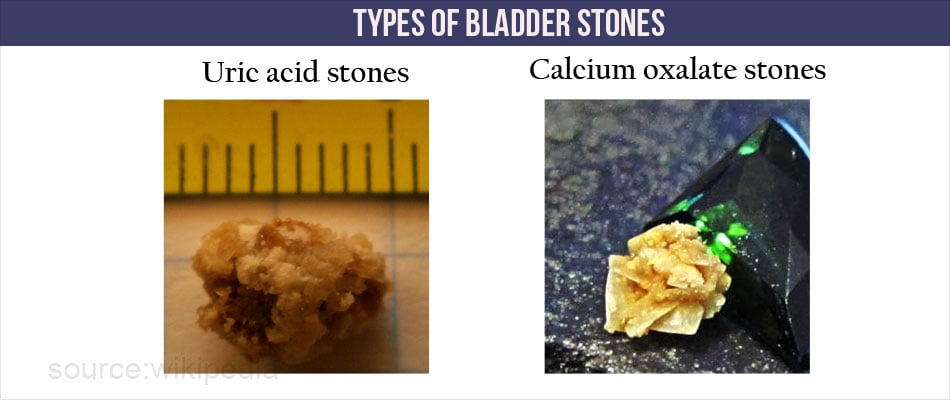
What are the Symptoms of Bladder Stones / Vesical Calculi?
Many people with bladder stones do not suffer from any symptoms, and small stones may pass out of the body through the urine.
Symptoms of bladder stones include the following:
- Inability to pass urine if the stone obstructs the lower opening of the bladder and this may cause acute retention of the urine
- Pain at the end of passing urine
- Frequent need to empty the bladder
- Blood in the urine
- Fever and burning while passing urine in case of infection
How do you Diagnose Bladder Stones / Vesical Calculi?
Bladder stones are diagnosed based on the following tests:
- Urine Examination: A urine examination may show the presence of crystals suggestive of the type of stone that may be present. In addition, red blood cells and pus cells indicating infection may also be present. A urine culture may also show the presence of infection
- X-ray: An x-ray may show the presence of stones in the bladder. However, uric acid stones may not be visible on x-ray unless they contain calcium.
- Ultrasound: Ultrasound can detect the presence of stones in the urinary bladder. It can detect both radiopaque and radiolucent stones.
- CT Scan: A CT scan can also detect stones in the bladder, though it is usually not used for this purpose due to the availability of cheaper imaging techniques
- Cystoscopy: Cystoscopy is a test with which a tube is inserted into the bladder and the inner surface of the bladder is visualized. A stone, if present, in the bladder can be visualized during the procedure.
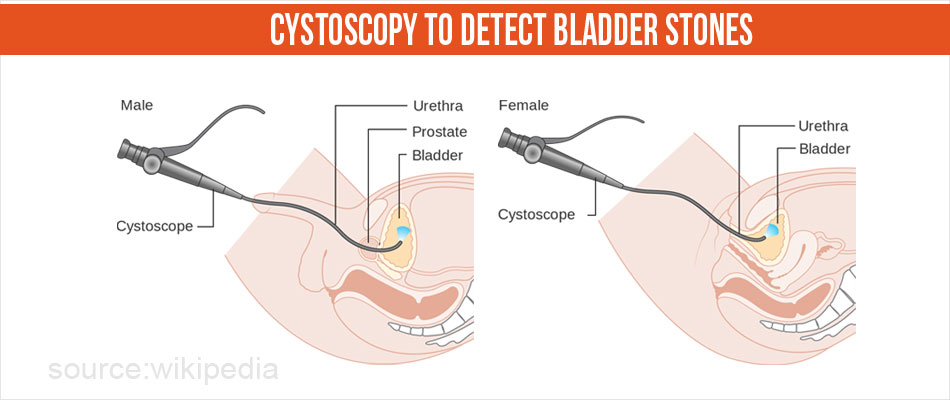
How Can Bladder Stones / Vesical Calculi be Treated?
Bladder stones are treated with one of the following procedures:
Transurethral Cystolithopaxy: Cystolithopaxy is a procedure where the stone is broken with the help of mechanical energy, ultrasound, or electro-hydraulic or laser energy introduced through an endoscope called the cystoscope into the urethra. It can be done under general or spinal anesthesia.
Percutaneous Suprapubic Lithopaxy: During the procedure, the stone is broken through waves that are applied through an endoscope called the nephroscope that is introduced through a tract created from the lower abdomen into the bladder.
In both the above methods large stones are broken by a method called lithotripsy using mechanical energy, ultrasound, or electro-hydraulic or laser energy. Another type of external lithotripsy called Extra Corporeal Shock Wave Lithotripsy (ESWL in short) is used to break stones anywhere in the body and more so in the urinary tract. In this type no endoscope needs to be introduced inside the body.
ESWL Lithotripsy: Lithotripsy is a procedure where the stone is broken with the help of high intensity sound waves. The broken small fragments may pass naturally or sometimes may need to be removed using an endoscope like a cystoscope.
Lithotripsy is preferred for kidney stones but is an option for bladder stones.
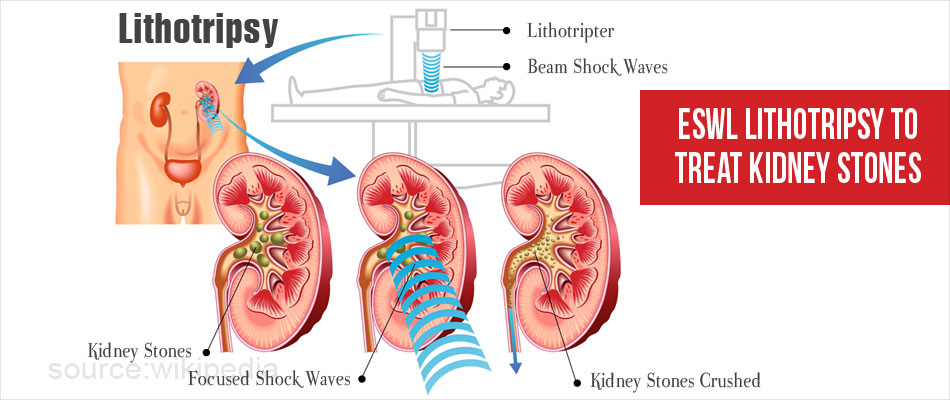
Open Surgery: Open surgery may be carried out with an incision on the lower abdomen. The recovery time for the surgery is longer as compared to endoscopic procedures, but may be necessary if any additional surgery to repair the bladder or other structures may be needed at the same sitting.
Treatment of the Underlying Condition: Additional surgery may be required to treat the underlying condition causing the bladder stones. For example, a transurethral resection of the prostate (TURP) or transurethral incision of the prostate (TUIP) may be needed for the treatment of prostatic enlargement.
How Can Bladder Stones be Prevented?
Bladder stones can be prevented with the following steps:
- Drink a minimum of 8 to 12 glasses of water per day
- Avoid delaying emptying of bladder when you feel like passing urine
- Treat urinary infection promptly


